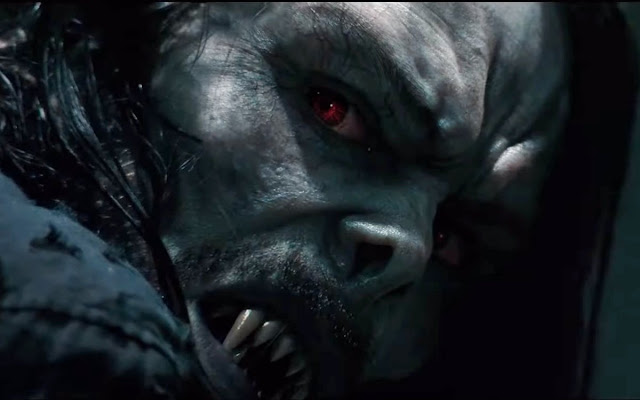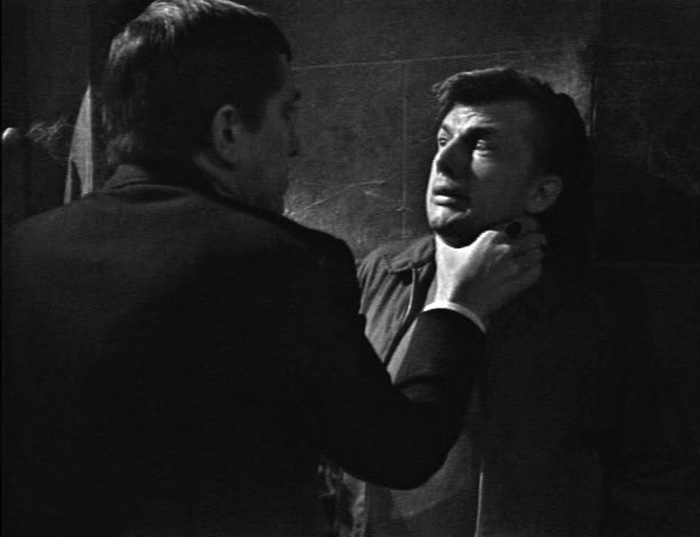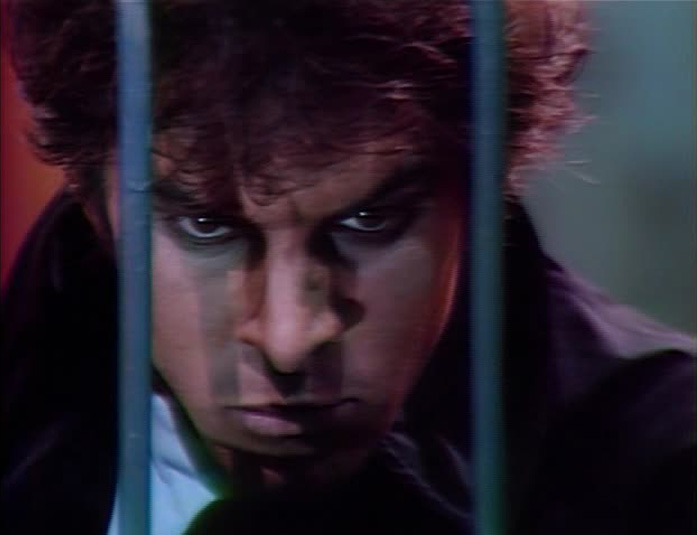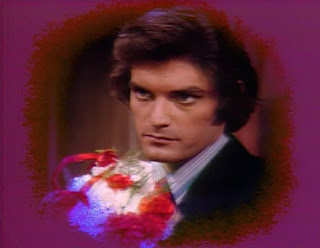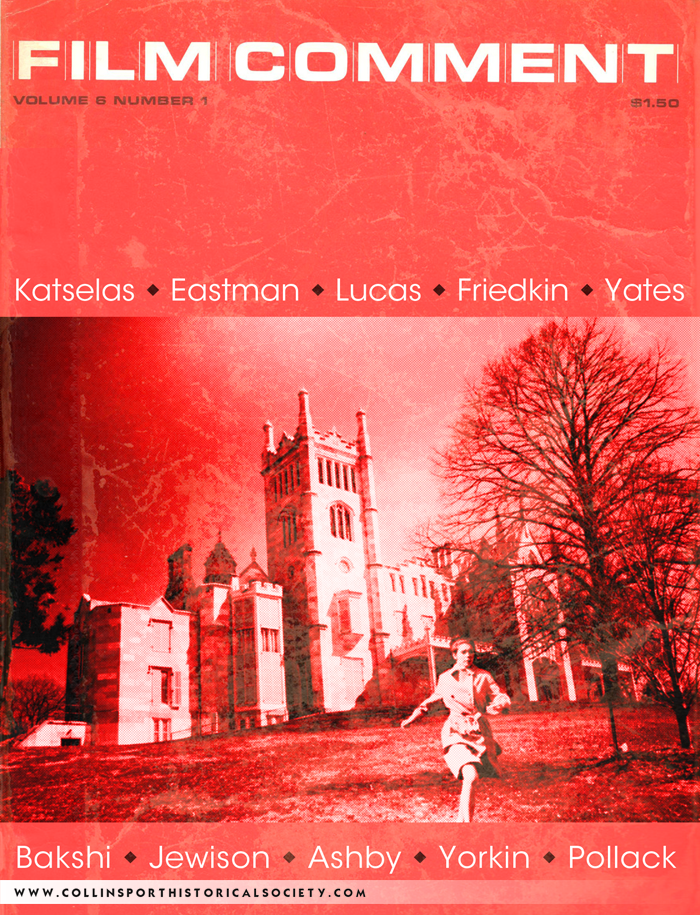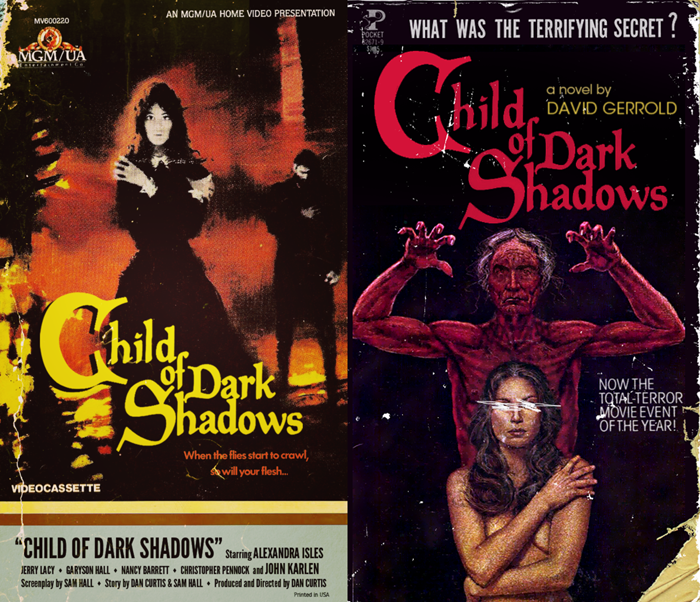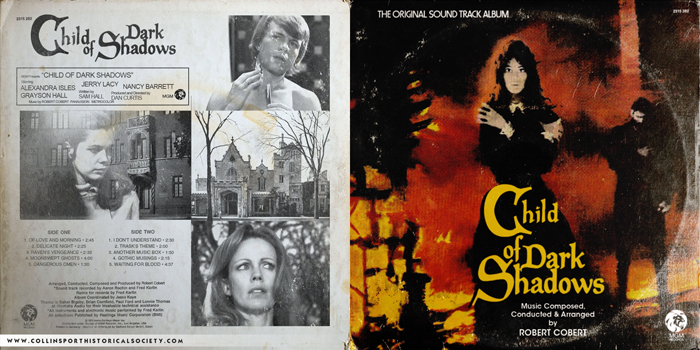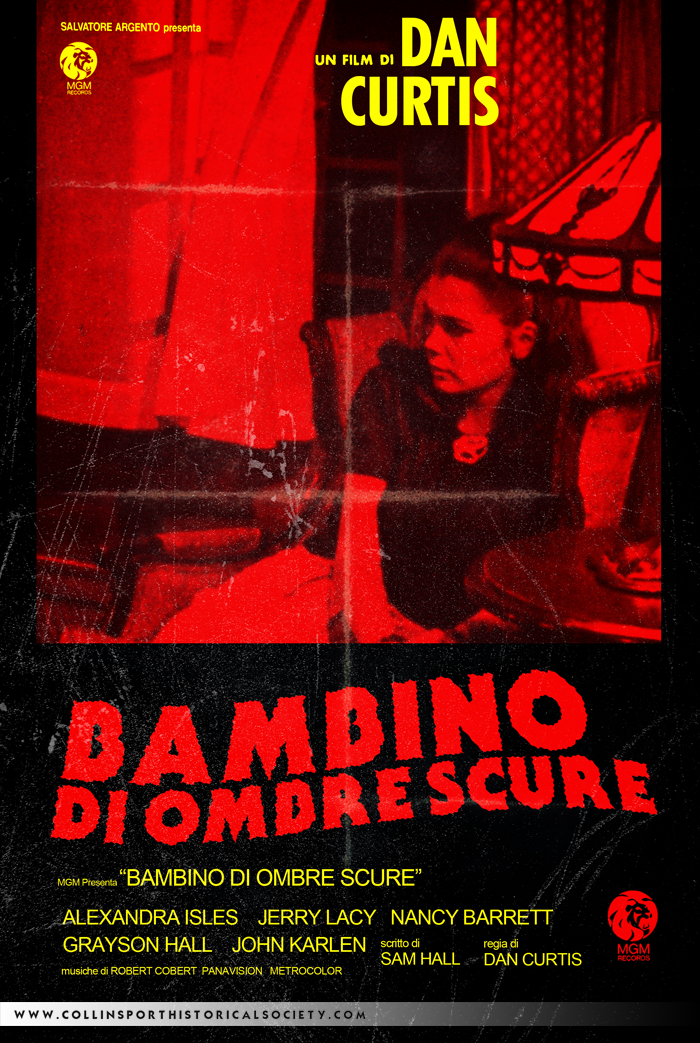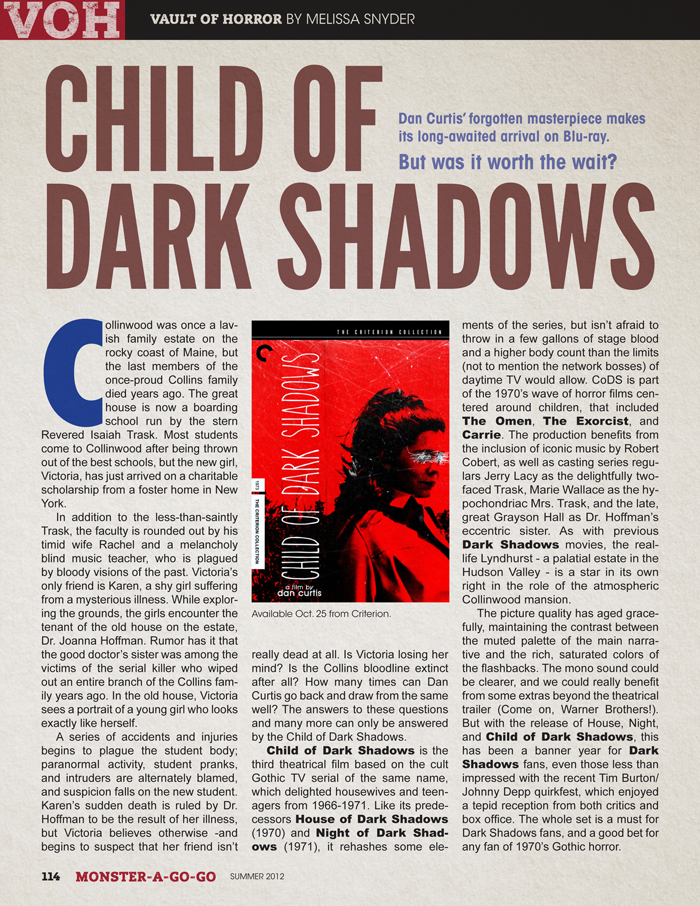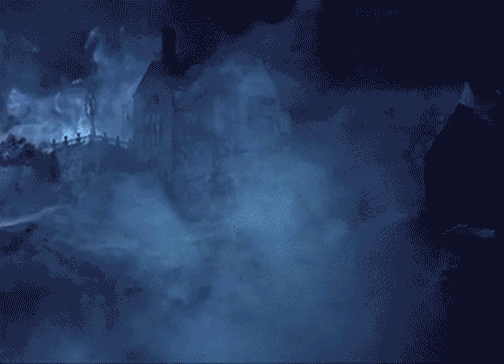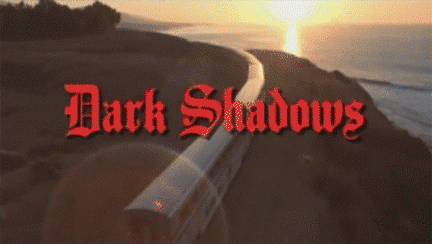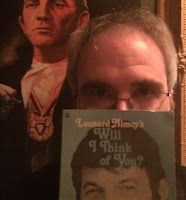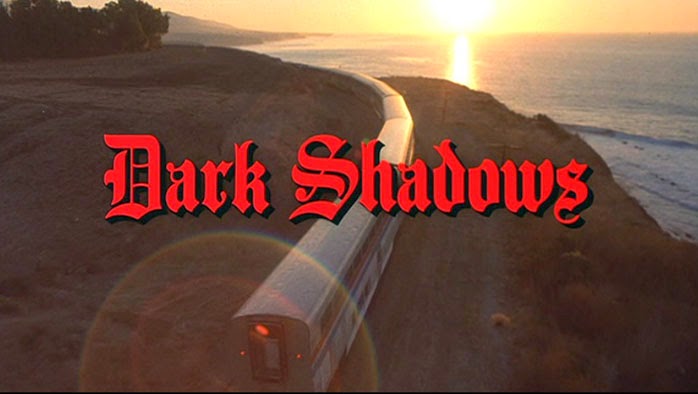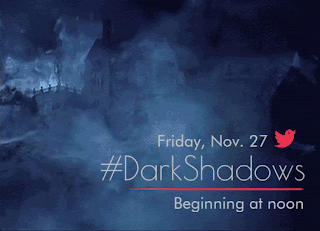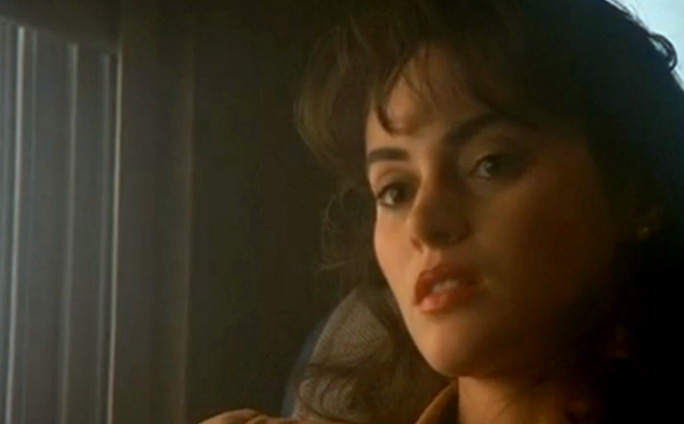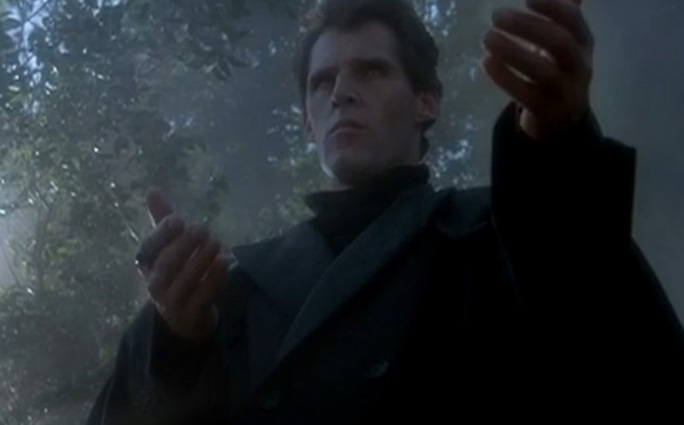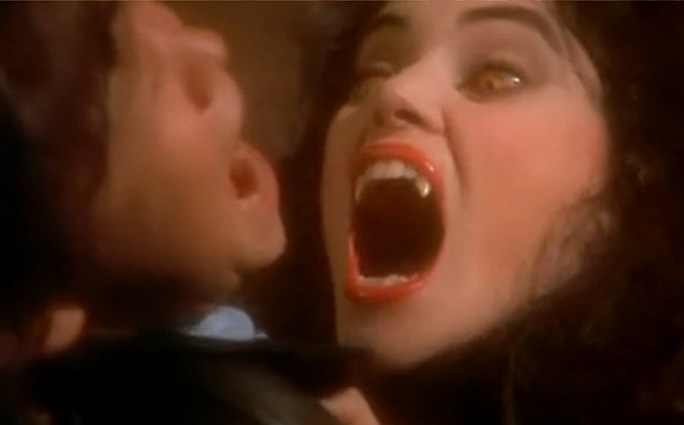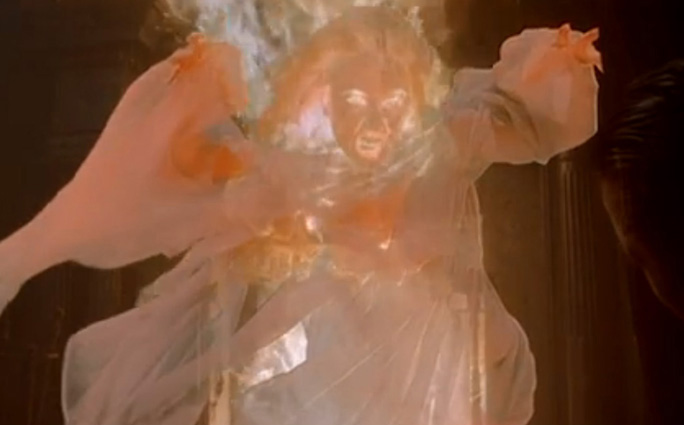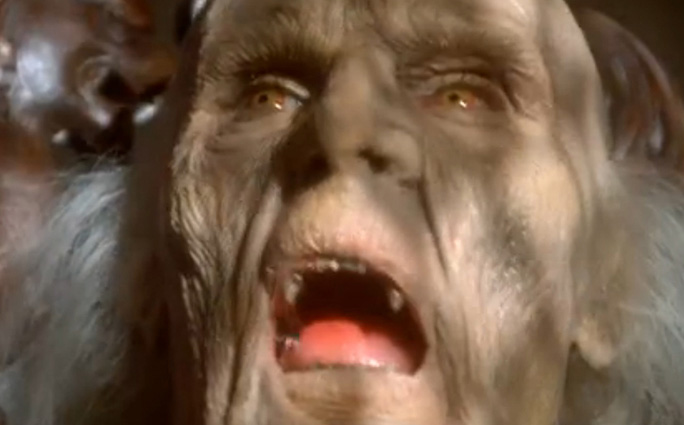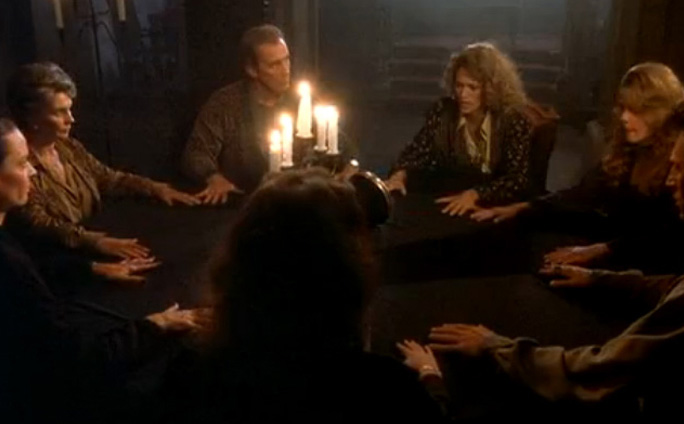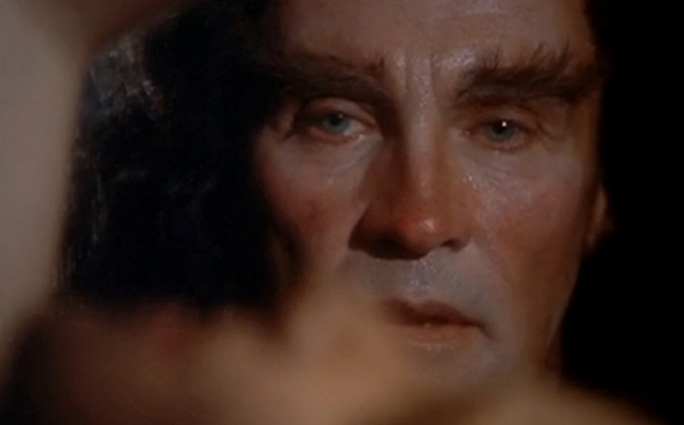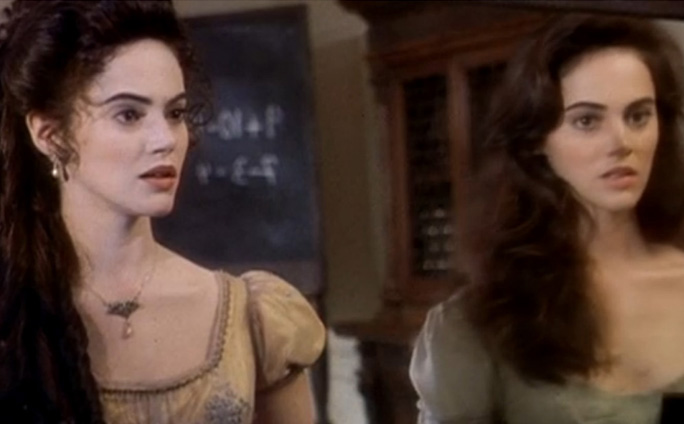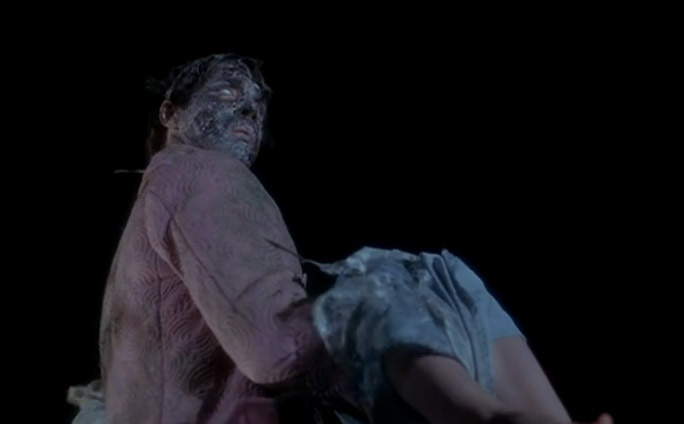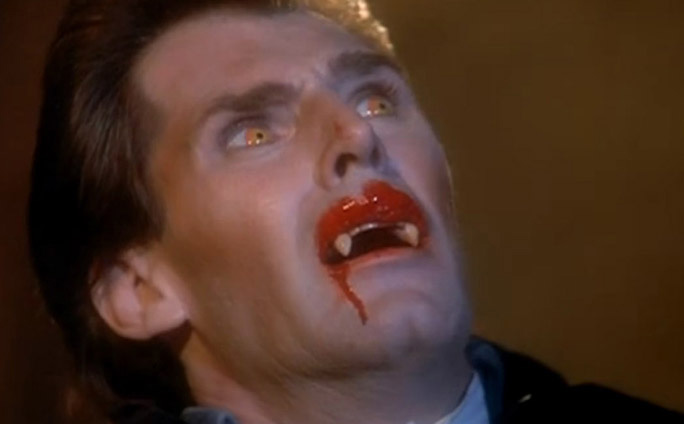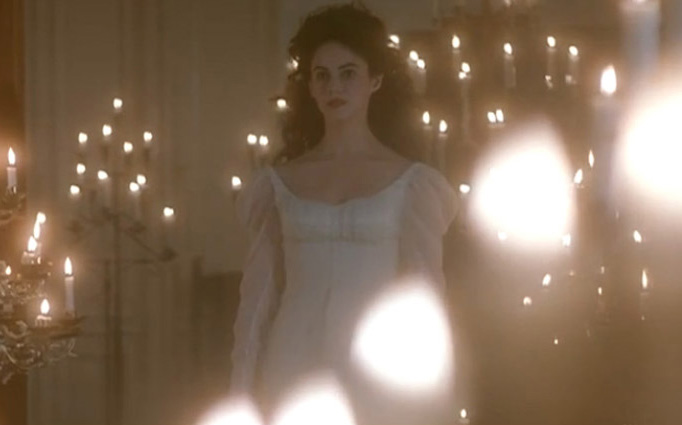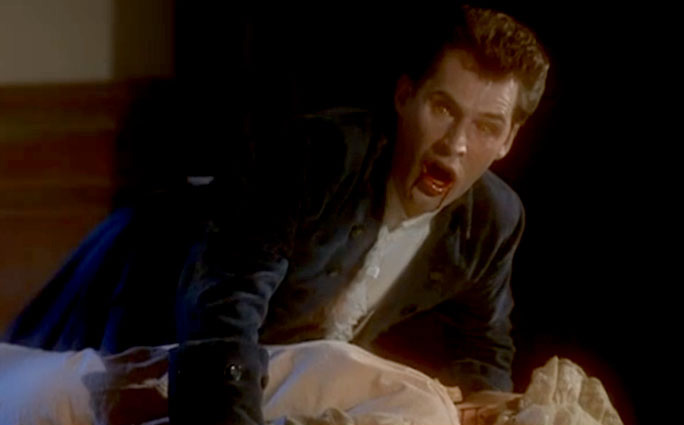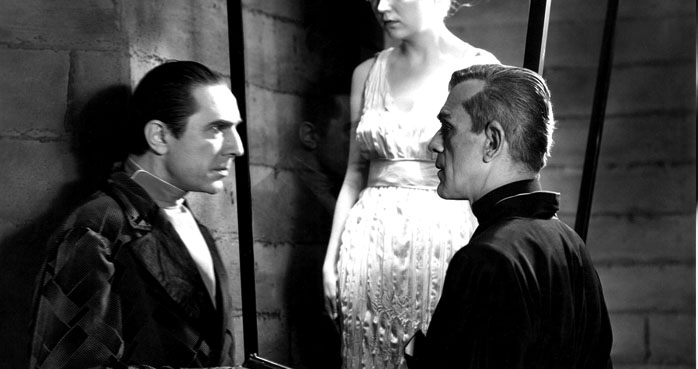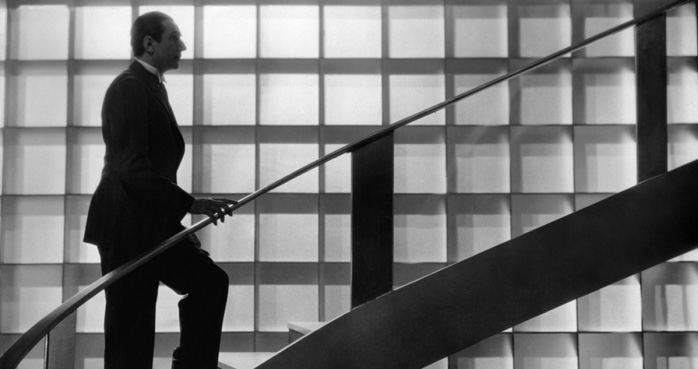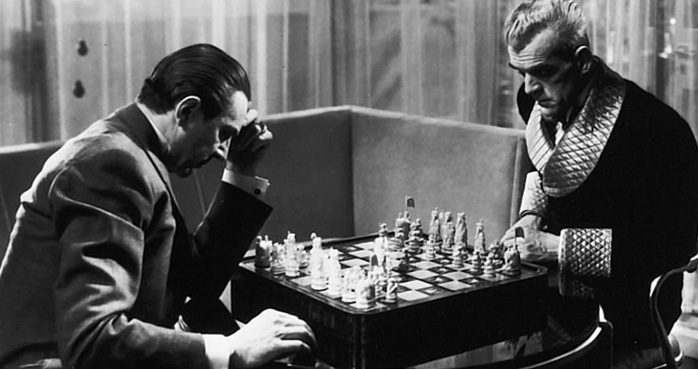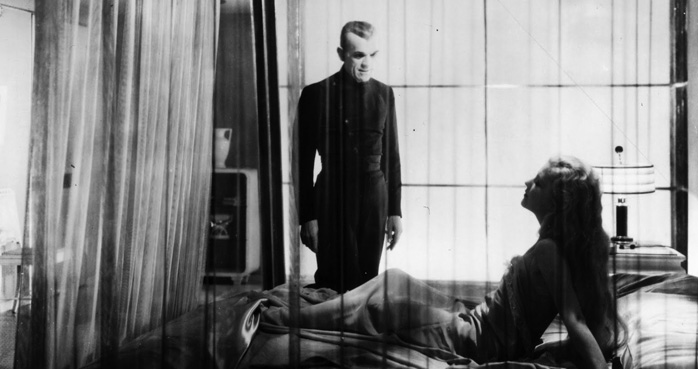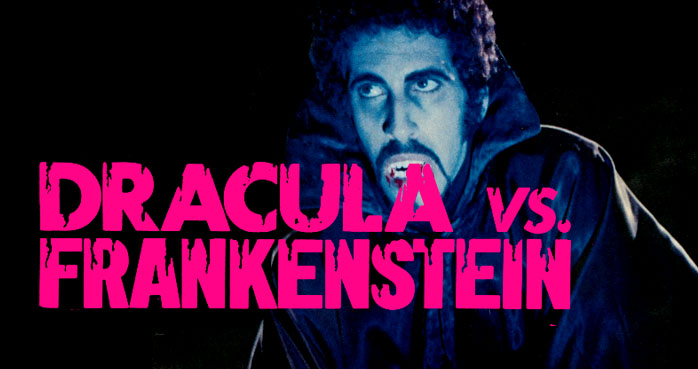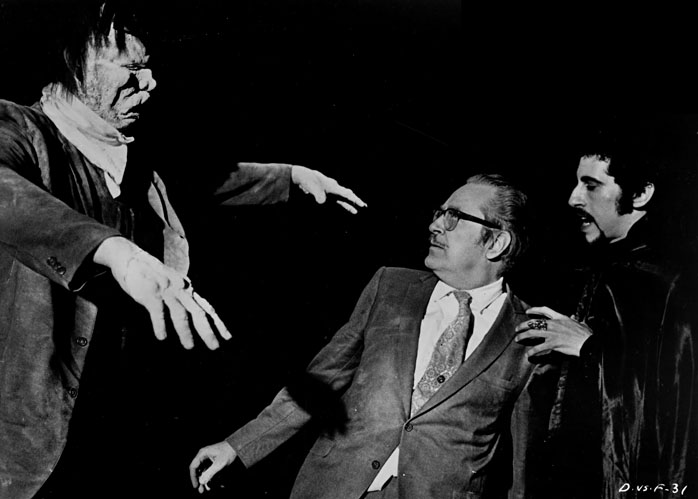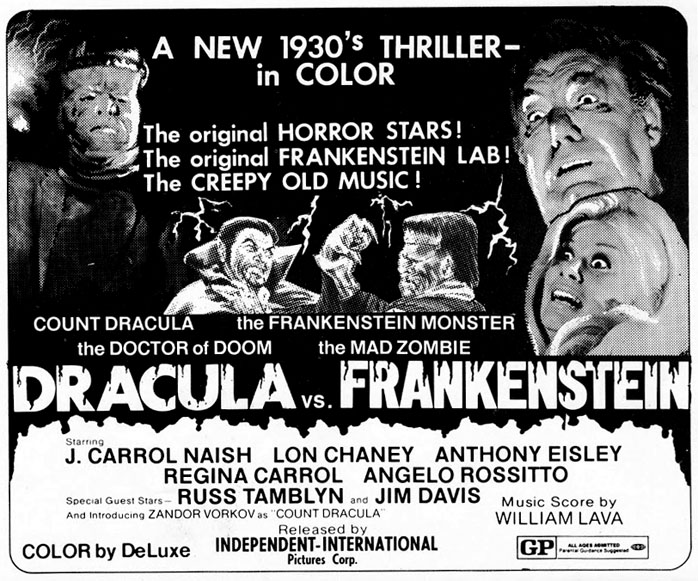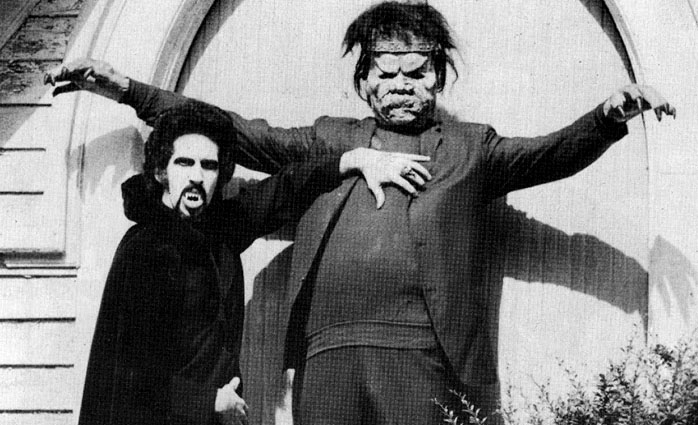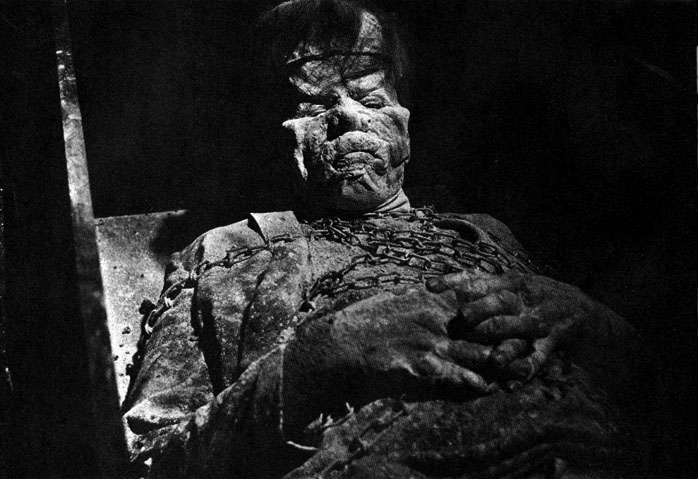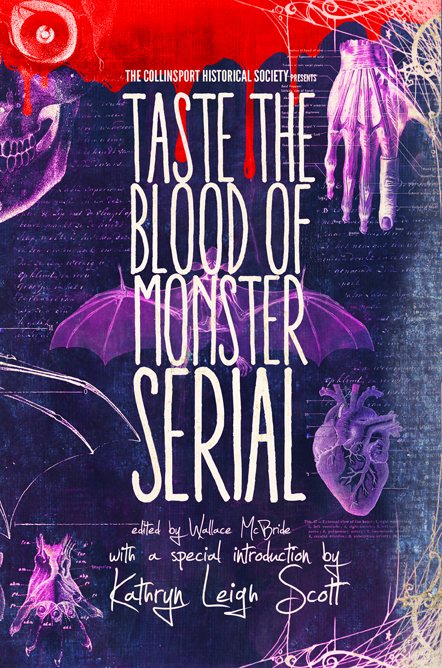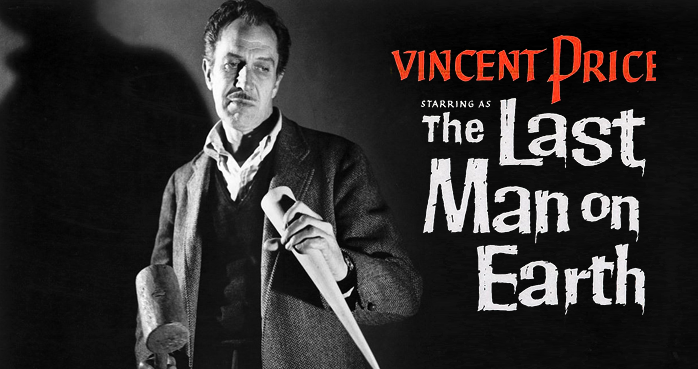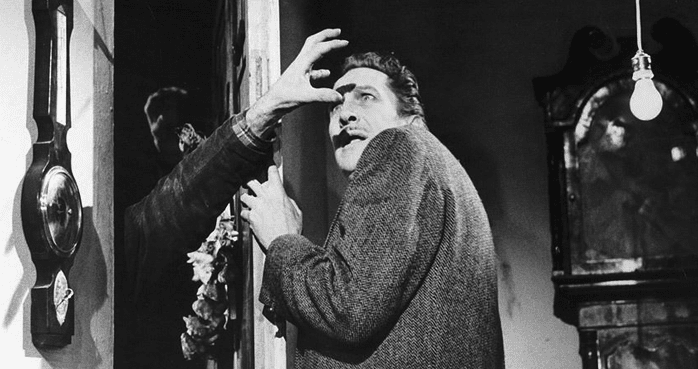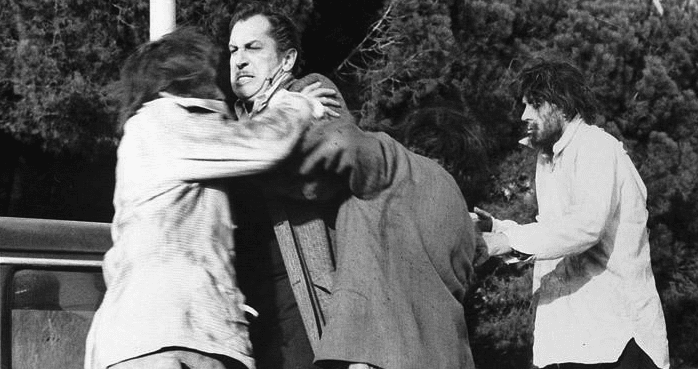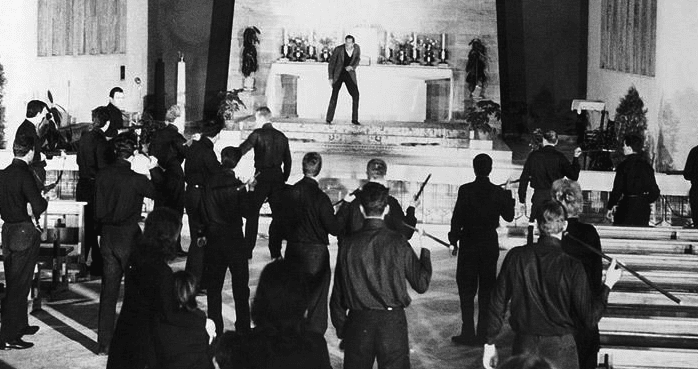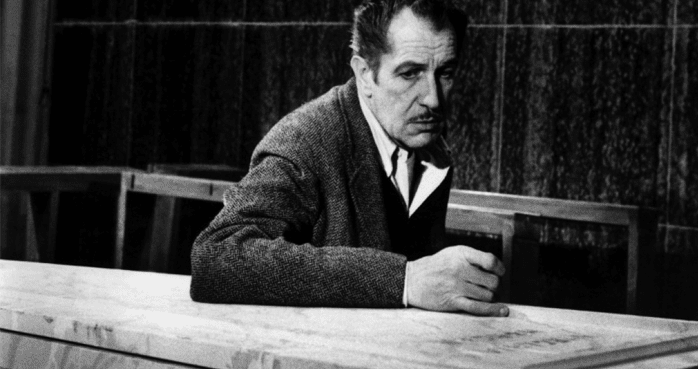By HERB GILLMAN
DRACULA vs FRANKENSTEIN.
Words to thrill the inner five year-old in all of us. And for the five year-old, I think it delivers.
Do the two giants meet? Yes. Do they fight? Yes. Extended grappling. Decapitation of Frankenstein, as I seem to recall.
And here is a fine point of order.
With the intense emotional regression living in director Al Adamson’s vision, he is not “the creature,” or “the monster,” or “Frankenstein’s monster.”
This film is made by and for all those who simply call the creature, Frankenstein, and they know a Frankenstein when they see one, goddammit, so don’t tell me it’s “Frankenstein’s Monster!” It’s Frankenstein.
If you approach the film from that perspective, you’ll be fine.
Dr. (okay, now we’re getting correct) Frankenstein’s descendent, Dr. Duryea, labors in a lab under a Venice Beach spook show. He’s brought back the Creature. He’s making deals with Dracula to do science stuff while a comet passes over. He’s using injections to turn a non-speaking Lon Chaney, Jr. into a murdering mutant, killin’ gals under the boardwalk. I’ve seen it several times and the details of it go in one eye and out the other.
A showgirl goes in search of her missing sister (a victim of Duryea’s), only to find companionship in adventure and social release with a middle-aged, bead-wearing “observer,” who oversees a commune of white, suburban, immaculately bathed hippies. He’s great ... like Ron Burgundy’s uncle. He can talk about his feelings, make a woman feel whole, but still has a mellow sense of authority that rolls off him like the scent of bourbon Borkum Riff over a Moscow Mule. When he needs to Help Investigate, Mike Howard is on the scene, yinging and yanging his way through the shit, man. Through the shit.
And arguably, there is a lot of it here.
The two of them are the foci for occasional revisitation for the film as it comes up with stuff to happen between when it starts and when it ends.
That’s pretty much what it feels like.
By all fair measure, it is a Bad Movie. On a Ron and June Ormond level. It doesn’t have the blood and bosoms of an HG Lewis movie nor the ascetic indulgence of an Ed Wood opus, but it still works. Yes, bad movies can work, and it’s actually making me uncomfortable to use the phrase “bad movie.”
Because I don’t believe in the “good” bad movie.
It’s either bad because it doesn’t entertain me, or it’s good because it does.
Look at the films of Ed Wood. They are tight, bizarre tales of strange urgency and poetic fervor. They almost feel like Medieval morality plays with strange masques and choruses pronouncing odd cant and shamanic portents.
No, I’m not kidding.
Cinema, prior to video games, was our newest art form and a medium younger than many of the artists still exploring it. Certain (not all) movies don’t conform to the rules and conventions we’ve agreed upon as acceptable filmmaking. That doesn’t make them bad.
Bad means, well, bad. You wanna talk “bad”? Let’s talk UNDERWORLD or CHARLIE’S ANGELS: FULL THROTTLE or BALLS OF FURY. These are films that made me angry over the time I’d wasted on them. They are “bad” as in, “I would never watch them again.”
I’d originally begun this review as a comedy review for Herb (the Creature from the Black Lagoon) Gillman to review in first-person. I couldn’t get it off the ground, although for fun, I include the beginning below ...
As I told my patient, Steve Sondheim over something we drank out of a skull at Trader Vic’s, in a quote he downright pilfered from me, “Art isn’t easy.”
Truer words, my friend. Truer words.
Hello, my name is Dr. Herb Gillman. Most people around Cocoa Beach know me as the “so gentle it’s mental” dentist, but a few peer a little deeper, and still recognize me as the eponymous “Creature” of Universal’s notorious mockumentaries. Guilty as charged… but only of being one of the last of my kind. That’s it. I had been goaded into appearing in three “Creature from the Black Lagoon” documentaries before catching wise to Universal’s exploitation of me.
Universal liked to obscure the truth. Why? I don’t know. Director Al Adamson and I were both well into our cups at the Riverside premier of
SATAN’S SADISTS a year earlier. The subject came up. We agreed to change things for the better.
Sometimes a tree falls in the forest and no one hears it.
Sometimes it falls and it sounds like a majestic tree-thing that has fallen in a tragic, arboreal manner.
Sometimes it sounds like the mighty oak is hitting my sister, Carol Channing.
All are good, noble sounds.
We made none of them.
Instead, we made
DRACULA VERSUS FRANKENSTEIN.
I liked that beginning a lot. I think it was going to be an attempt at an exposé gone horribly awry. Maybe Herb was going to be the choreographer of the deliciously wretched, Vegastastic, Ann-Margaret-by-way-of-Big-Lots opening musical number, performed (not sure about sung) by Regina Carroll, the director’s wife.
But, dammit. I enjoyed watching the strange, haphazard, wooden movie. It’s just thrilled with the illusion of its absent panache, and there is a perverse enthusiasm in that. I remember the days when having a video camera (or a computer) was considered tantamount to having a platinum plated Trapper Keeper. (Or a Kenner Millennium Falcon in its first year of production.) The idea of being able to make a movie at all was a fantasy as distant as a milkshake date with the indescribably sublime Lisa Welchel. I can feel the giddiness that Al Adamson, roughhewn though he may be, was out to make a Monster Movie, by gum, and his friend Forrest J. Ackerman would be on hand as technical advisor to see that things went right. The enthusiasm is palpable.
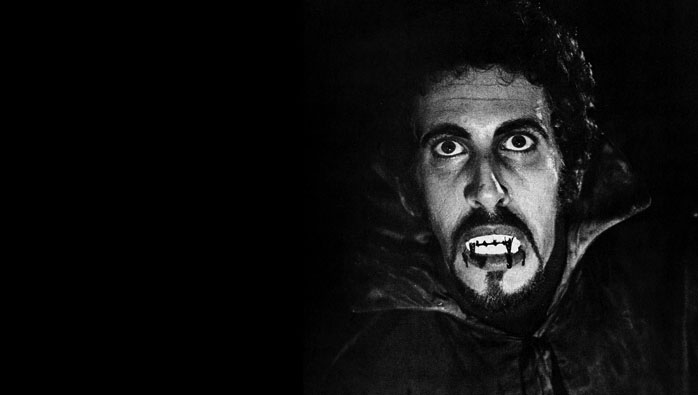
The ridiculousness of the film is piled higher than a sandwich from Canter’s. You want a money-eating littler person, it’s there. You want hilarious and nonsensical circular logic in the movie’s attempts at deep dialogue? Say no more; they will. Russ Tamblyn? Yes. We have Tamblyn. Lon Chaney never speaks, but cradles a puppy in a bizarre homage to OF MICE AND MEN. (Yes, Chaney in that boozy state is sad, but he was still working and getting a check. There are worse fates for an actor. And he looks far less miserable than I know he was during his Mummy stint.) Heck, we even see the actual electric props from FRANKENSTEIN and a zillion other Universal classics… in full color and going strong!
I watched the film for a second time with a friend, and we found it imminently quotable and enjoyable. In all of this, I am not saying to throw critical standards out the window. Nor am I saying that we merely take ghoulish delight in bad films the way that some treat three-car pileups. No. I’m just suggesting that the phrase “so bad it’s good” go the way of “some of my best friends are…” in the lexicon. It’s an interesting mental exercise. Take the phrase out, but defend a movie you used to just slather with that bit of rhetoric. I think you’ll find very quickly why you actually like it. And it’s not just because it’s “bad.” Maybe it’s shamelessly overwrought. Maybe it’s drunk on its own theatricality… which is better than having no theatricality at all. Or maybe it’s just fun. Fun is not anathema in cinema. Even serious films have a jolt of it. Imagine saying that a film was “so joyless that it was fun”? Hard to pull off. Possible, Henry Jaglom, but rare.
Let’s hear it for Al Adamson and fun.
Compare that to the sinking feeling you probably get today as one lugubrious trailer unspools after another at your multiplex. Zach Snyder could use a little Al Adamson. Or maybe more than a little.
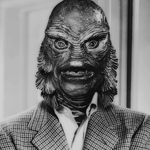 HERB GILLMAN is the alter-ego of Patrick McCray, a comic book author residing in Knoxville, Tenn., where he's been a drama coach and general nuisance since 1997. He has a MFA in Directing and worked at Revolutionary Comics and on the early days of BABYLON 5, and is a frequent contributor to The Collinsport Historical Society. You can find him at The Collins Foundation.
HERB GILLMAN is the alter-ego of Patrick McCray, a comic book author residing in Knoxville, Tenn., where he's been a drama coach and general nuisance since 1997. He has a MFA in Directing and worked at Revolutionary Comics and on the early days of BABYLON 5, and is a frequent contributor to The Collinsport Historical Society. You can find him at The Collins Foundation.
